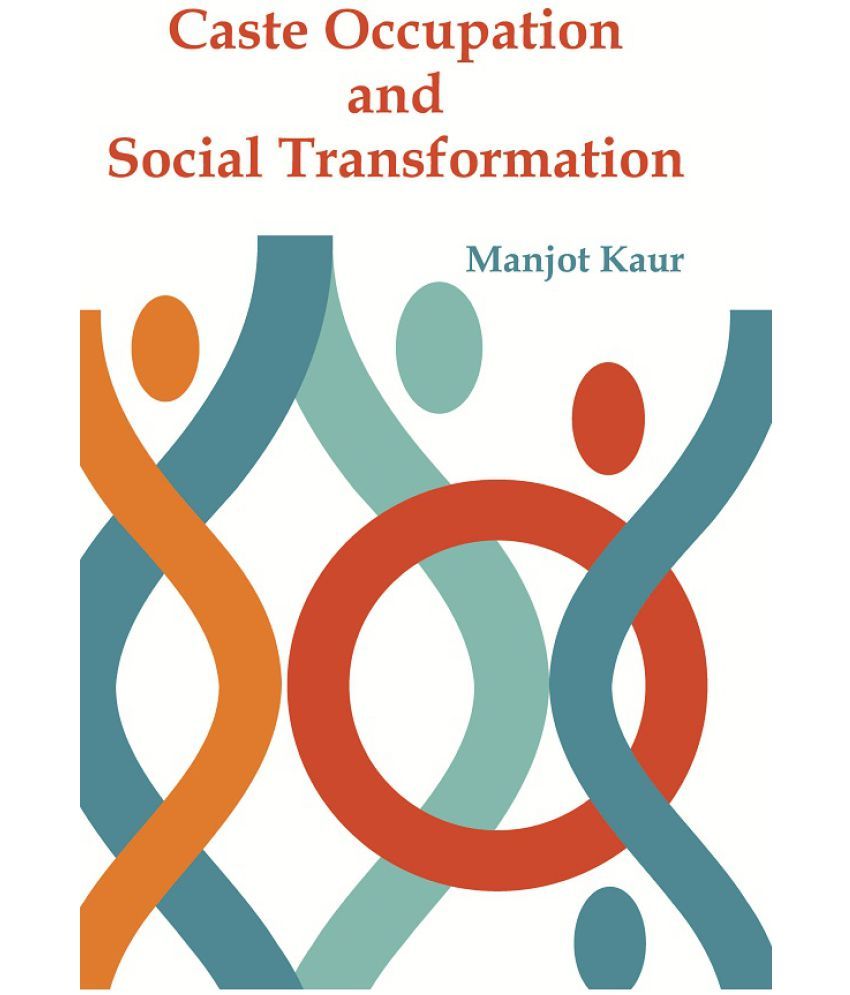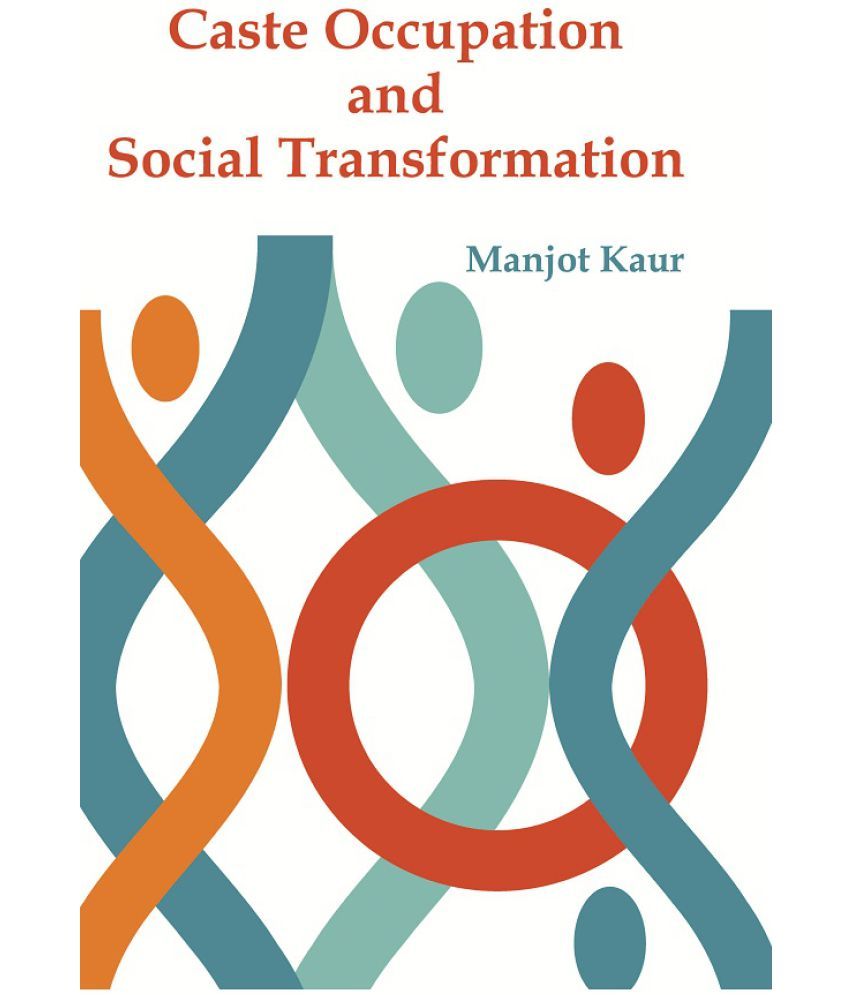ABOUT THE BOOK:- This book is about artisan caste, i.e., Thathiar. They are traditionally associated with utensil making. In the wake of industrialization and with the process of modernization many new forces have been unleashed into this traditional hereditary occupation of the Thathiars.The mechanisation of the work processes and intergenerational mobility point towards the diversifications as well as the decay of this occupation in Punjab. The findings on the process of Sanskritisation are illuminating. The study makes an invaluable addition to the body of knowledge needed for the study of social change in changing society. ABOUT THE AUTHOR:- Manjot Kaur has a PhD in Sociology and is currently Assistant Professor in School of Social Sciences, Guru Nanak Dev University, Amritsar. CONTENTS:- List of Tables 7 List of Figures 9 Acknowledgement 11 1. Introduction 13 Effects of Industrialisation on Handicrafts• The Role of Artisans • The Artisans of Europe • The Artisans of India • Transformation in Thathiars • Methods of the Study • Objectives of the Study • Selection of the Respondents • Data Collection • Analysis of Data 2. The Thathiars 39 The Artisan Castes • The Origin of the Term Thathiar • Myths on the Origin of the Term • Thathiars of Different Regions • The National Scenario • Social Practices • Religious Practices • Nature of the Work • Thathiars of Jandiala Guru 3. Socio-economic Profile of Thathiars 63 Age • Marital Status • Religion • Caste • Education • Occupation • Household Information • Family Type • Place of Residence • Place of Work • Migration • Commuters 4. Changes in the Caste System 77 Changes in the Caste System • Emergence of Economic Inequalities within the Caste • Representation in Social and Political Sphere • Caste Association • Representation in Religious Spheres • Interpersonal and Intercaste Relations • Reaction of Other Caste Group 5. Work Processes 99 Skill Formation • Motivating Factors to take up the Occupation • Nature of Work • Activities Performed in the Production Process • Difficulties in the Setting up of Work • Role of Hereditary Skills in Establishing Enterprises • Techniques of Work and Work Organization • Cold Work• Hot Work • Hammering • Hollowing and Sinking • Main Products • Rituals at Work • Working Hours • Holidays • Investment • Activities Performed by the Family Members • Participation of Women and Children • Workers Employed • Wages • Procurement of Raw Material • Sale of the Products • Transformation in Production Process• Changes Introduced in the Work • Reasons Responsible to Introduce Change in Work• Changes in Techniques • Tools vs. Machine • Political Organisation 6. Occupational Mobility 149 Intergenerational Occupational Mobility •Place of Carrying Work Activities •Reasons for Change in the Work of the Respondents • Interest of Children in this Work • Change in Traditional Occupation 7 Conclusions 169 References 185 Interview Schedule 195 Index 211 List of Tables 2.1 Total Population of Thathiars of Punjab 1921 49 2.2 Divisions-wise Population Distribution of The Thathiars of British Territories of Punjab in 1921 50 2.3 Religion-wise Distribution of Thathiars of Punjab 1921 50 3.1 Age Distribution of the Respondents 64 3.2 Marital Status of the Respondents 66 3.3 Religion of the Respondents 66 3.4 Educational Level of Respondents 68 3.5 Occupation of the Respondents 69 4.1 Reasons for Dominance of Caste 86 4.2 Reasons for believing in Status of Caste 87 4.3 Reasons for not believing in Caste Status 87 5.1 Motivating Factors to Learn the Skills 102 5.2 Sources and Age at Learning the Skill 104 5.3 Work Activities in the Production Process 110 5.4 Dif� culties Faced in setting up the Enterprises 112 5.5 Hereditary Skills Helped in Establishing Enterprises 113 5.6 Initial and Present Investment of Thathiars 129 5.7 Number of Family Membersh Engaged 132 5.8 Workers Employed 134 5.9 Changes Made in the Work 143 5.10 Reasons Responsible to Introduce Change 144 6.1 Intergenerational Occupational Mobility from Grandfather to Father 153 6.2 Intergenerational Occupational Mobility from Father to Son 156 6.3 Place of Carrying Work Activities 159 6.4 Intragenerational Occupational Mobility from Father to Son Present Occupation of Respondents 161 6.5 Intergenerational Pro� les of Grandfather, Father and Son Present Occupation of Respondents 163 6.6 Reasons for Change in the Work of the Respondents 164 6.7 Responses of Uninterested Children 165 6.8 Nature of Present Occupation of Respondent’s Relatives 167 6.9 Reasons for Change in Occupation 168 List of Figures Fig. 5.1 Tool used by traditional Thathiars: Maganu. 115 Fig. 5.2. Various Tools used in utensil making: Hammer, Sani, Moulder, Raeti, Makhu, Chisel, Chakha. 116 Fig. 5.3. Worker Melting Brass in Furnace. 118 Fig. 5.4. Melted brass in clay pots. 119 Fig. 5.5. Rolling machine used for making metal sheets : Tale. 120 Fig. 5.6. Tale: Metal sheets. 121 Fig. 5.7. Thathiar hammering the utensils. 123 Fig. 5.8. Thathiar Artisan Giving Shape to Utensils on Moulder: Hollowing and Sinking. 124 Fig. 5.9. Degcha. 125 Fig. 5.10. Products Ready for Sale. 126 Fig. 5.11. Scrap: raw material for utensil making. 136 Fig. 5.12. Pehras: used for making metal plates. 137 The Title 'Caste Occupation and Social Transformation : a Study of Artisans of Punjab written/authored/edited by Manjot Kaur', published in the year 2017. The ISBN 9789351281726 is assigned to the Hardcover version of this title. This book has total of pp. 215 (Pages). The publisher of this title is Kalpaz Publications. This Book is in English. The subject of this book is Economic / Sociology. Size of the book is 14.34 x 22.59 cms

